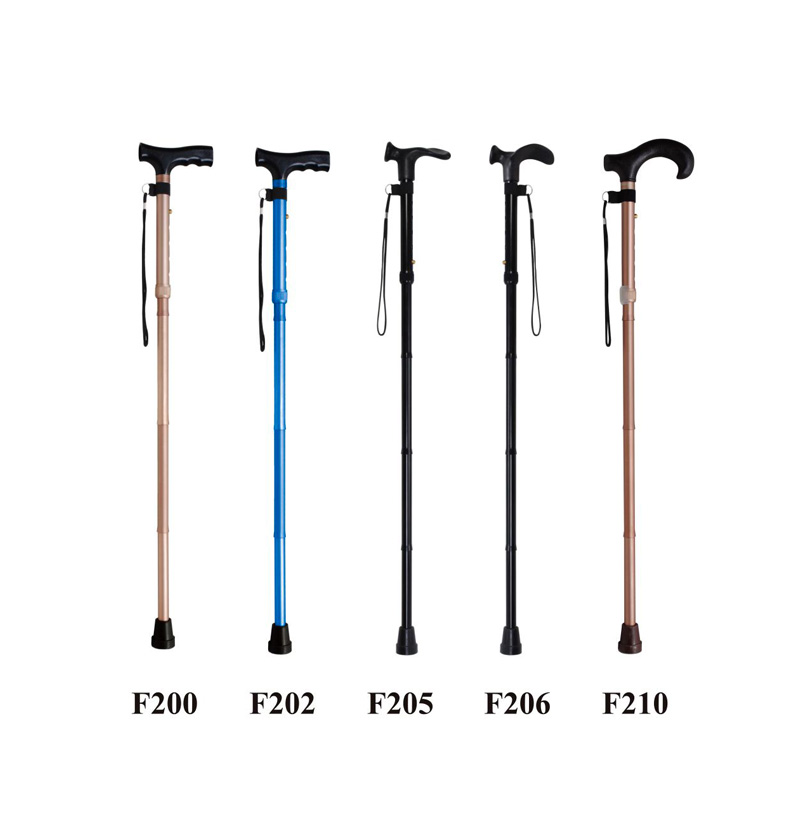The use of crutches is actually very particular!
Update:26-01-2022
Summary:
For people with bone disease, crutches may be used frequently. But many people don't pay attention to how the crutches are used. They think as long a...
For people with bone disease, crutches may be used frequently. But many people don't pay attention to how the crutches are used. They think as long as they can help them walk. In fact, there are many ways and techniques of using crutches. Improper use of crutches can not only cause nerve damage and wrist weakness, but also cause uneven leg lengths and limping when walking.


Here are a few things to keep in mind before using crutches:
1.Stand straight with the crutches in both hands, keeping the crutches about 12-20 cm away from the feet; adjust the crutches to an appropriate length, generally the top of the crutches is about 2-3 finger widths away from the armpits, rather than pushing the crutches directly into the armpits;
The handle position of the crutches should be adjusted to the level of the wrist when the arm is naturally drooping. When you are supported with crutches, your elbows can bend properly.
Crutches Activity Tips:
Remember: Hold the cane handle with both hands to support your body weight, not the armpits on the cane. Because there are important blood vessels and nerve plexuses passing through the armpit, compression injury is avoided.
Note: According to the actual situation, the doctor will guide you to choose the weight-bearing degree of the affected limb by referring to the following methods:
Non-weight bearing (NWB): that is, the affected leg is not stressed, that is, keep your leg off the ground;
Feather Weight Bearing (FeWB): You can use your toes for balance;
Partial Weight Bearing (PWB): Part of the body weight can be shared with the affected limb;
Tolerated weight-bearing (wbat): most or even the full weight of the affected foot can be tolerated;
Weight Bearing (FWB): Full weight bearing as long as there is no pain.
2. Walking with crutches:
1. Support the crutches on both sides of the feet to keep the body stable;
2. Try to press the tops of both crutches against the sides of the ribs. Do not support the crutches directly with your armpits. Straighten your elbows and support your body weight with your hands;
3. Both crutches move forward at the same time;
4. Move forward on the same plane;
5. Then swing the normal leg forward and place it in front of the crutches;
6. Keep repeating and you can walk forward (critches, affected leg, normal leg).
Tip: Don't rely on crutches when walking.










